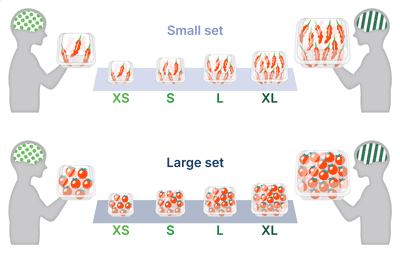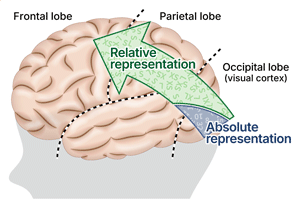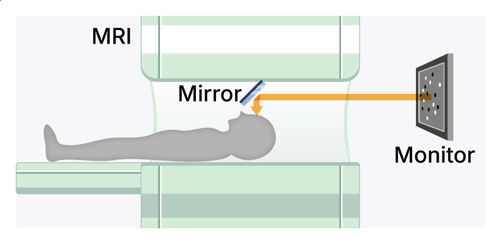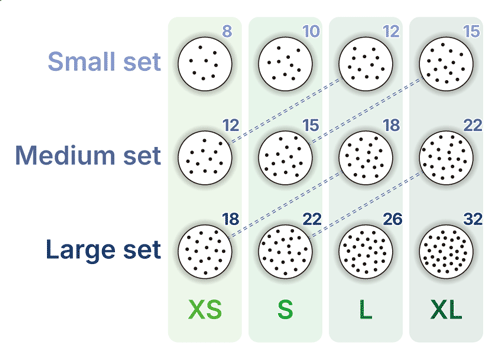Abstract
Background
Achievements

Future Prospects
Article information
Research team
KIDO Teruaki
Graduate Student, Department of Life Sciences, Graduate School of Arts and Sciences, The University of Tokyo, Tokyo, Japan
Cooperative Visiting Researcher, Center for Information and Neural Networks (CiNet), Advanced ICT Research Institute, National Institute of Information and Communications Technology, Suita, Japan
YOTSUMOTO Yuko
Professor, Department of Life Sciences, Graduate School of Arts and Sciences, The University of Tokyo, Tokyo, Japan
HAYASHI Masamichi
Researcher (Tenure-Track), Center for Information and Neural Networks (CiNet), Advanced ICT Research Institute, National Institute of Information and Communications Technology, Suita, Japan
Guest Associate Professor, Graduate School of Frontier Biosciences, Osaka University, Suita, Japan



 nict.go.jp
nict.go.jp